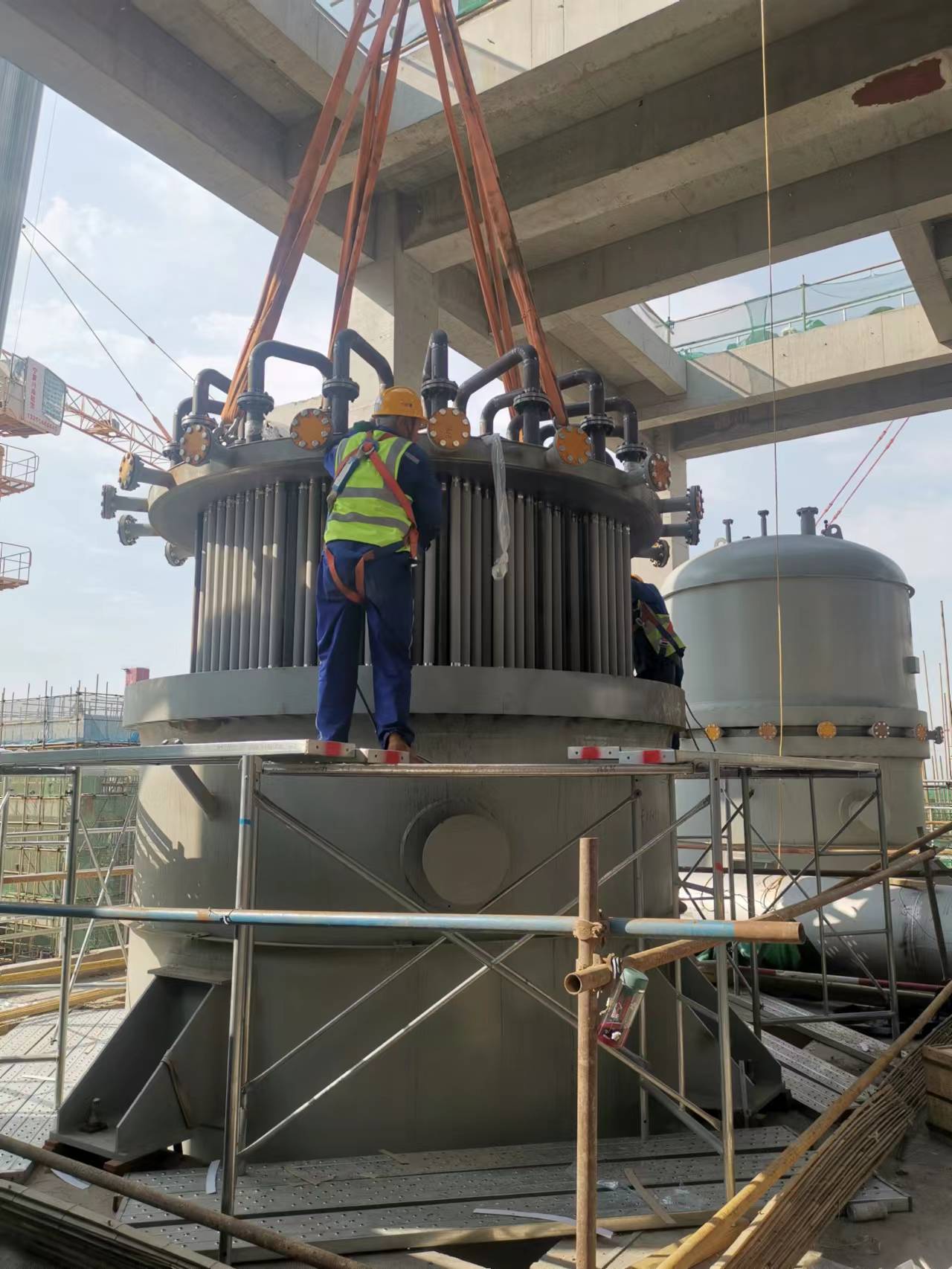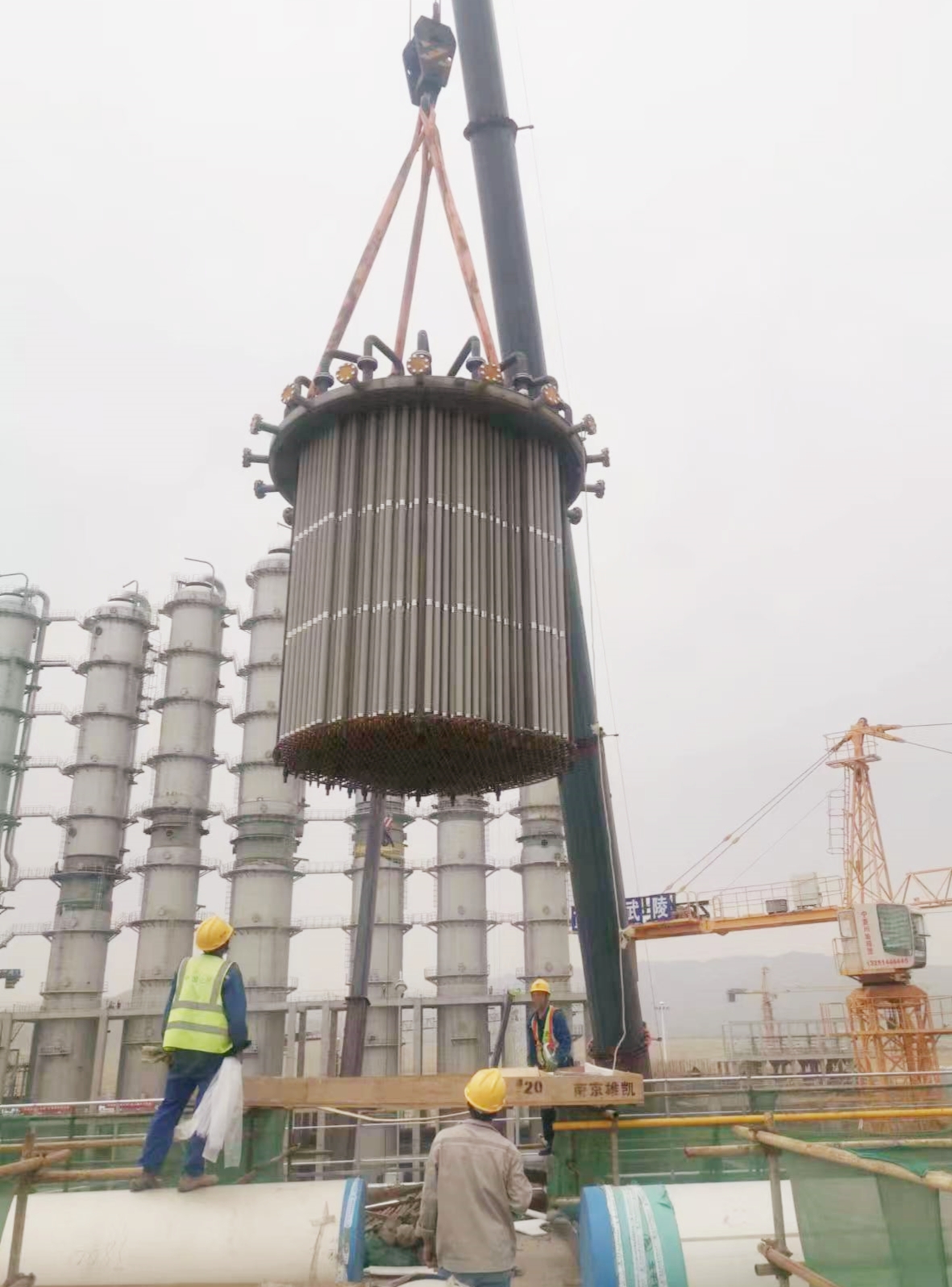With the improvement of economic efficiency requirements and environmental protection requirements, it has become extremely important to remove fine solid particles from the high-temperature reaction gas or tail gas of chemical plants. At present, there are two main methods for high temperature dust removal in chemical plants: wet dust extraction and hot gas filtration.
Wet dust removal technology, also known as washing dust removal technology, is a technology that uses water (or other liquids) to contact with dust-containing gas, and separates dust particles from gas after washing. Its biggest advantage is: simple structure, low cost.
Hot gas filtration is a high temperature dust removal technology developed in recent years. The system’s core equipment is a gas-solid filter with metal sintering filter as the filter element, which can realize automatic online blowback and slagging, and the filter does not need to be switched to maintain the continuity and stability of the chemical plant. But its cost is often higher than wet dust removal.
Despite the relatively high cost, designers and technical managers of most chemical plants in the world still choose hot gas filtration as the first choice for dust removal. Compared with wet dust removal, hot gas filtration has the following advantages:
(1) High-efficiency: the highest precision of metal sintered filter can reach 0.1μm, and the dust removal efficiency is as high as 99.99%, which cannot be achieved by wet dust removal, especially when the solid particles to be intercepted have high additional value, or the factory has a high purity requirement for the filtered gas, the advantage of hot gas filtration is more obvious;
(2) Non-pollution: Hot gas filtration does not produce any pollutants, while wet dust removal will produce a lot of waste water or slurry;
(3) Simple operation: Hot gas filtration can realize automatic blowback, powder discharge, powder displacement and powder cooling without manual operation, and there is no wear on the downstream pump, and it will not block the heat exchanger or tray, while wet dust removal requires the addition of slurry/wastewater treatment system, and the process is complex.
(4) Low energy consumption: Hot gas filtration does not require any additional energy consumption, while wet dust removal requires a high flow pump, or a large amount of steam treatment slurry and wastewater;
It is with the above advantages that most chemical devices, such as MTO (Coal-based Methanol to Olefin), FCC (Catalytic Cracking), CCR (Continuous Catalytic Reforming), S-Zorb, Polycrystalline silicon, Coal gasification, high-temperature Fischer-Tropsch synthesis, powder catalyst production, etc., are selected Hot gas filtration. If you want to learn more about hot gas filtration, please click Hot Gas Filtration with Venturi Pulse Blowback.


